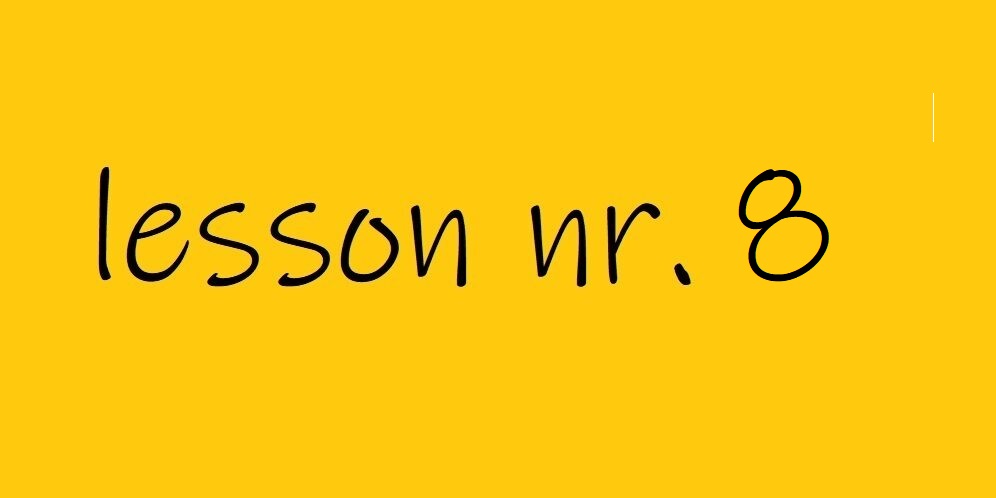Lesson nr. 8
Past Simple
The past tense in the simple form is how the Dutch describe previous events. It is not a compound tense like the perfect tense, and some verbs have vowel changes, as in English.
In English, the simple past tense is typically represented by adding the suffix "-ed" to the verb (for regular verbs, at least.) This tense is used to describe previous events that have been fully completed. Add -te (or -de) to the stem for the singular person and -ten (or -den) for the plural to create the past tense. Add -te or -ten to the verb stem if it ends in p, t, k, f, s, or ch; -de or -den to all other endings. When v or z is the final consonant of the stem of a verb, it is changed to f or s before being followed by the suffixes -de and -den.
| ik, jij, u, hij, zij | wij, jullie, zij | |
| wonen - to live | woonde | woonden |
| geloven - to believe | geloofde | geloofden |
| praten - to talk | praatte | praatten |
| spelen - to play | speelde | speelden |
| trouwen - to marry | trouwde | trouwden |
| werken - to work | werkte | werkten |
| fietsen - to cycle | fietste | fietsten |
In the past tense of several verbs, the internal vowel of the stem shifts. The stem with the changed vowel then acts as the past tense for all persons of the singular, while the plural adds -en to the changed stem. In addition, there are some irregular verbs that change more than the vowel, but still add nothing for the singular and -en for the plural.
ik, jij, u, hij, zij | wij, jullie, zij | |
| zijn - to be | was | waren |
| hebben - to have | had | hadden |
| gaan - to go | ging | gingen |
| weten - to know | wist | wisten |
| denken - to think | dacht | dachten |
| blijven - to stay | bleef | bleven |
| drinken - to drink | dronk | dronken |
| eten - to eat | at | aten |
| breken - to break | brak | braken |
| bijten - to bite | beet | beten |
| gieten - to pour | goot | goten |
